LATEST INSIGHTS
Your Present Location: LATEST INSIGHTSWang Wen: Do Not Misjudge the U.S.-China Geneva Joint Statement
Source: Russia in Global Affairs Published: 2025-05-14
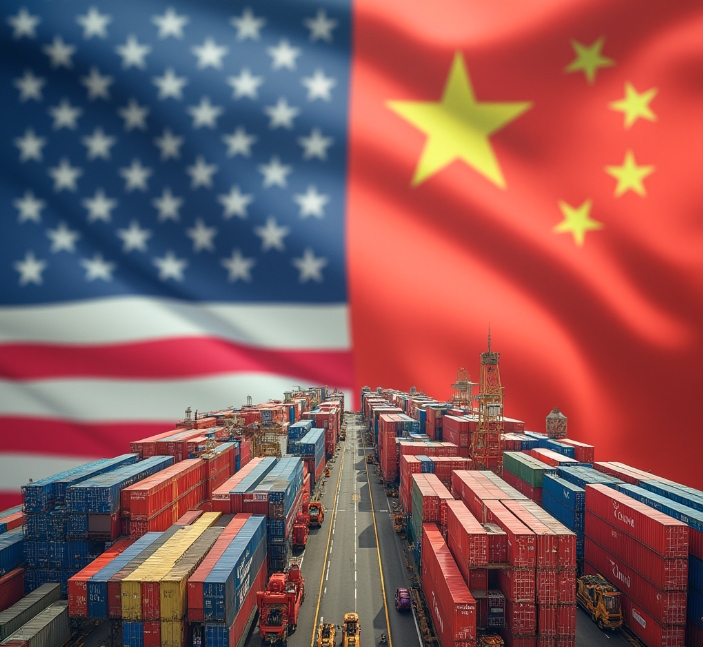
By Wang Wen
Dean and Professor of Chongyang Institute for Financial Studies at Renmin University of China (RDCY)
At 3 P.M. Beijing time on 12 May, China and the U.S. simultaneously released a Joint Statement on U.S.-China Economic and Trade Meeting in Geneva. The sides agreed to roll back all tariff hikes imposed since April 8 by May 14. The U.S. committed to halt the initial 24% duties introduced on April 2 for 90 days, while China committed do the same with its own 24% tariffs rolled out in response to that measure. Both countries agreed to keep in place the baseline 10% tariff on mutual imports, on top of the previously introduced U.S. duties on Chinese goods, and create a consultation mechanism to work out further trade policy steps.
This agreement has far exceeded the world’s expectations as it came as a major step towards easing the political, economic and trade tensions between the two great powers and preventing their further deterioration. The agreement offers a glimmer of hope for an end to the escalation of the tariff war, healthy advancement of globalization, and sustainable human development.
Trump’s so-called “reciprocal tariffs” had been imposed on a global scale but particularly hit China in five batches of the rate hikes. Prior to the negotiations, U.S. tariffs on Chinese goods had risen to an average of 145%, with specific goods facing rates as high as 245%. This caused a standstill in China-U.S. trade: Los Angeles and Long Beach ports even witnessed an unprecedented situation with no Chinese cargo ship docking for 12 hours.
The U.S.-China Geneva agreement to maintain tariffs at a level conducive to normal trade for 90 days has alleviated the risk of a global supply chain disruption and trade stagnation. International media outlets have promptly commented that China and the U.S. have achieved a “major trade breakthrough.”
My view is that the Geneva Joint Statement fully demonstrates the strategic vision and sense of responsibility of the world’s two largest economies.
It also shows China’s desire to uphold the multilateral trade system and promote reform of global economic governance. Guided by the principles of “mutual openness, sustained communication, and win-win cooperation,” the U.S. and China committed to establish a phased tariff adjustment mechanism and institutional consultation framework. Hopefully, the decision will not only help resolve trade frictions between these two economic powers caused by unilateralism, but also prompt a path towards managing major differences and expanding areas of convergence amid the great-power competition. It shows the parties’ determination to promote a sustainable and mutually beneficial bilateral relationship.
So, what made the U.S. and China reach an agreement on tariffs?
Firstly, as Jamieson Greer, United States Trade Representative pointed out, “it’s important to understand how quickly we were able to come to agreement, which reflects that perhaps the differences were not so large as maybe thought.” Indeed, compared to the 2018 U.S.-China Joint Statement Regarding Trade Consultations, the recent Geneva agreement was concluded much more quickly and with greater effectiveness. This indicates that a complete decoupling of their bilateral relations is unlikely and there is still room for negotiation on economic and trade issues.
Secondly, the Geneva agreement on modifying the trade tariffs has been driven by the U.S. economic situation. While China’s GDP has grown by 5.4% YoY in the first quarter of 2025, surpassing 5% in 2024 and 5.4% in 2024Q1 and placing it among the top global economies, the U.S. has been grappling with a “debt-inflation spiral” of 3.2% stubborn inflation and a national debt of $36.7 trillion. In attempts to normalize the monetary policy, the Trump administration is trapped in a “trilemma” of employment, high prices, and interest rates.
Thirdly, the Geneva agreement appears as a practical implementation of the Chinese dialectical thinking of “seeking cooperation with U.S. through fighting.” This approach agrees with the ongoing sweeping changes in the global political and economic landscape and China’s pursuit of international order based on the premise of harmony. It is also China’s timely response to the international community’s calls for building a multipolar world order. For China, adherence to the principles of mutual respect, peaceful coexistence, and win-win cooperation in its interactions with the U.S. has long been the cornerstone of its U.S. policy.
Yet, although the Joint Statement is likely to ease tensions in U.S.-China economic and trade relations in the short term and allows the two countries’ business communities to prepare an inventory of further measures during the 90-day window, the world should not be naive in speculating about U.S.-China relations.
Firstly, we should not forget that the June 2018 U.S.-China U.S agreement was torn up just a couple of days later. Considering the trend towards Trump’s heightened emotions during his second term, there is a great deal of uncertainty about the sustainability of the U.S.-China Geneva decisions and future negotiations.
There is certainly a risk of contract violations. We need a more comprehensive view of the reached agreement to access U.S.-China strategic competition and pragmatic cooperation.
Secondly, the recent Geneva achievements by no means signify the substantive resolution of the structural contradictions between the U.S. and China, nor do they imply a fundamental change in the logic of great-power competition. The current flexible arrangement of the “24% tariff suspension and 10% retention” reflects the U.S.’s need to handle high inflation and soaring national debt. It also highlights China’s bottom-line interest to safeguard the industrial chain security while maintaining strategic composure.
Lastly, U.S. policymakers do not misjudge China’s power and determination. In the Trump 2.0 era, China is better adept at responding to the strategic competition with the U.S. In the new round of the U.S. tariff war, China imposed export controls on seven categories of rare earths as a non-tariff countermeasure. This has dealt a heavy blow to the U.S. defense industry and demonstrated China’s strategy in responding to the tariff war. Through a “combination of tariff and non-tariff measures,” China has shown its ability to secure a strategic space in fighting the potential uncertainties of the U.S. Trump 2.0-era policies.









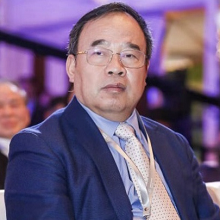

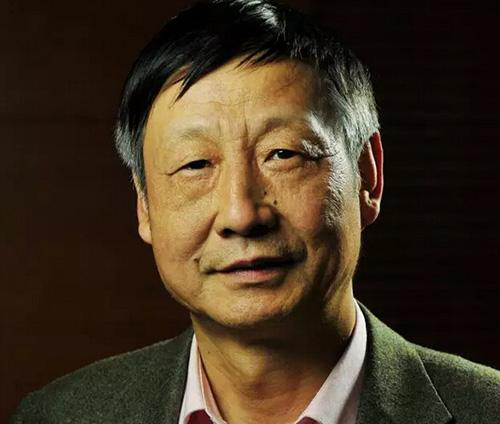
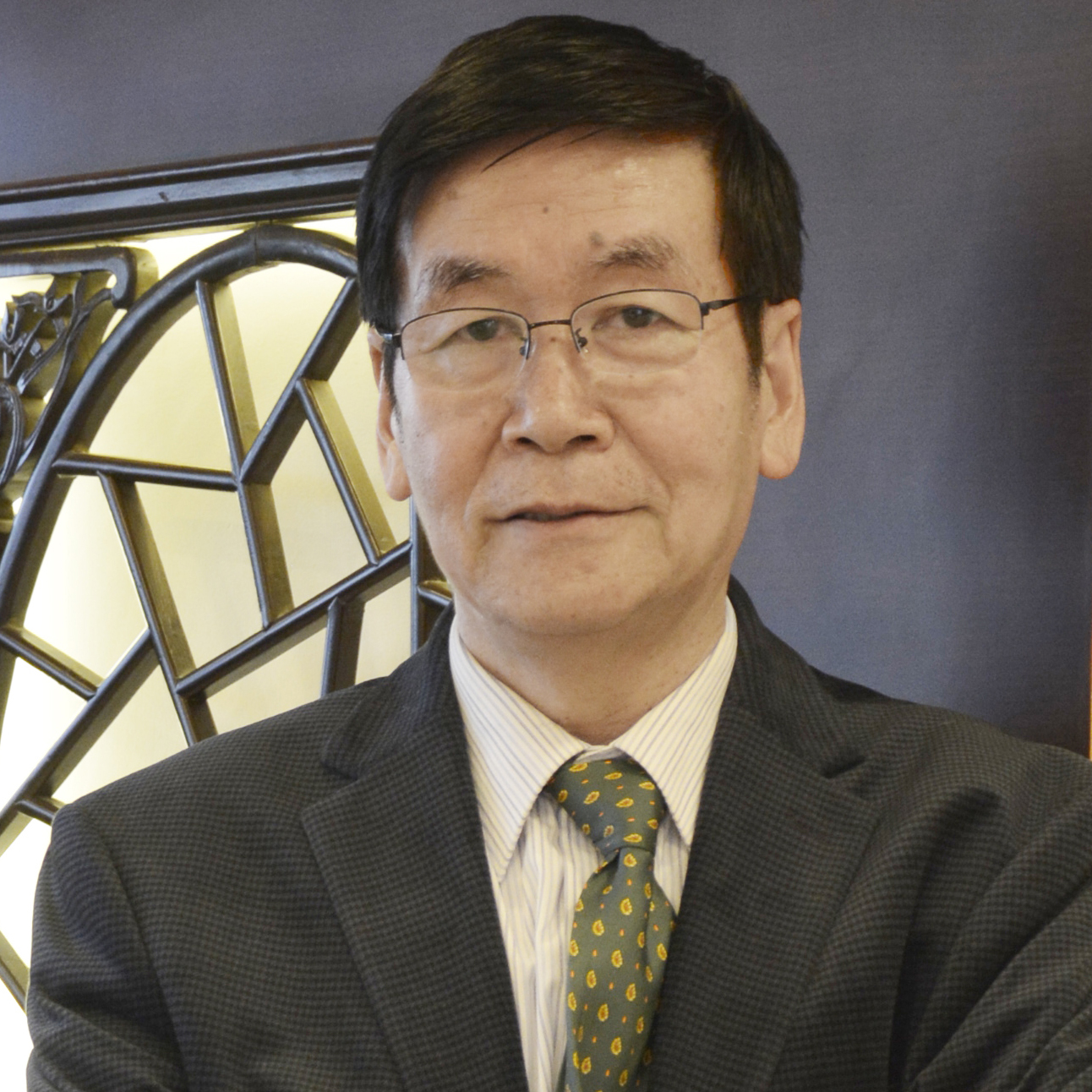
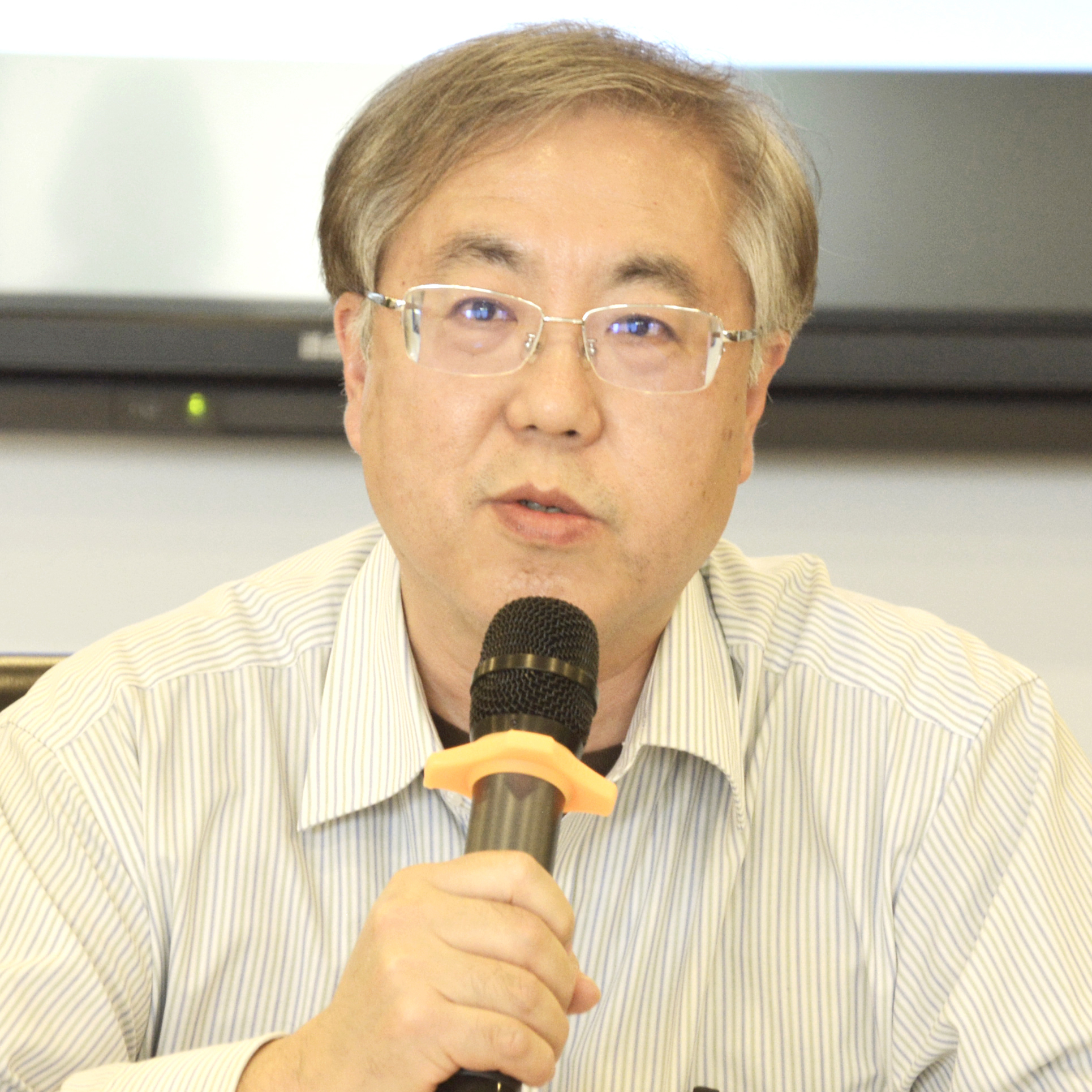

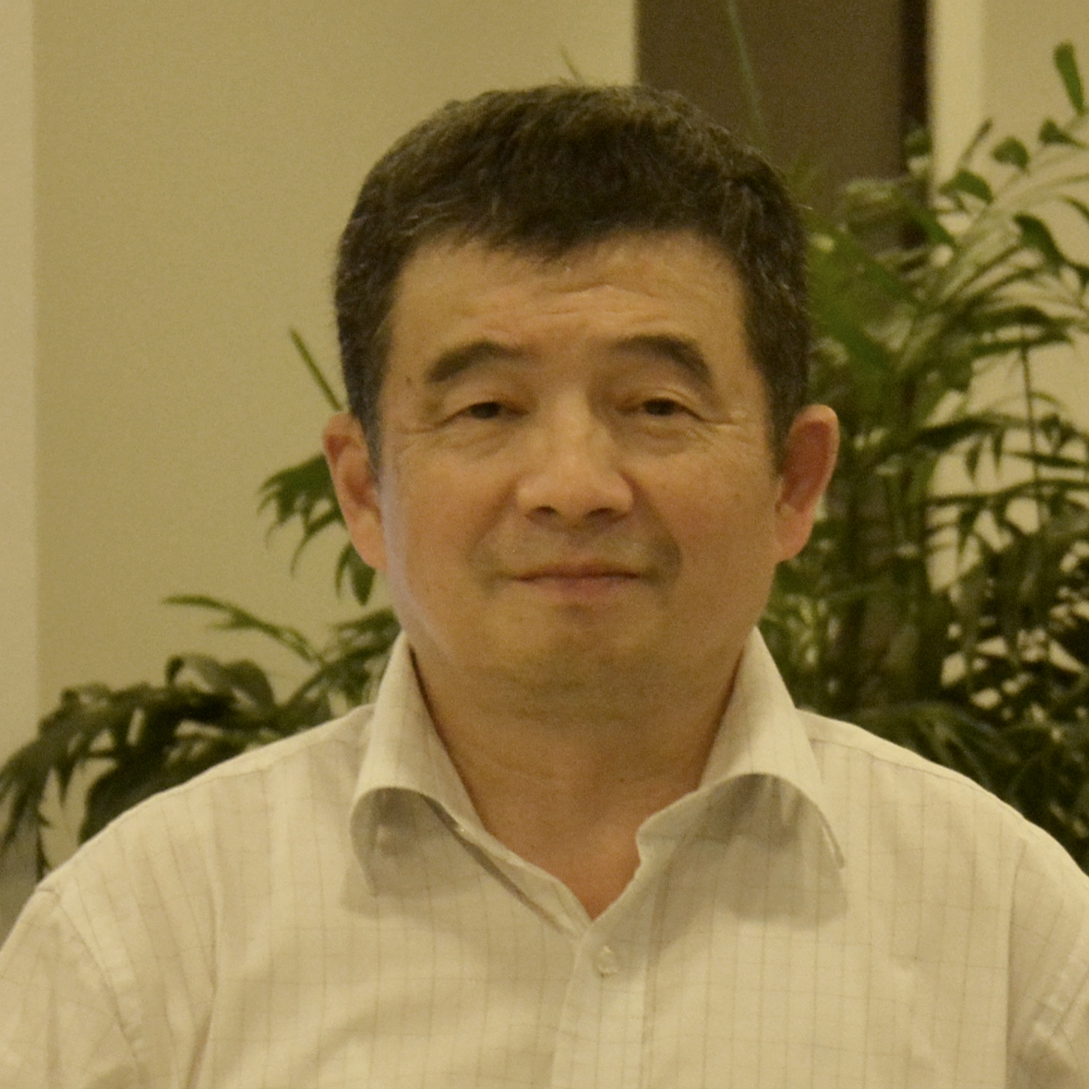
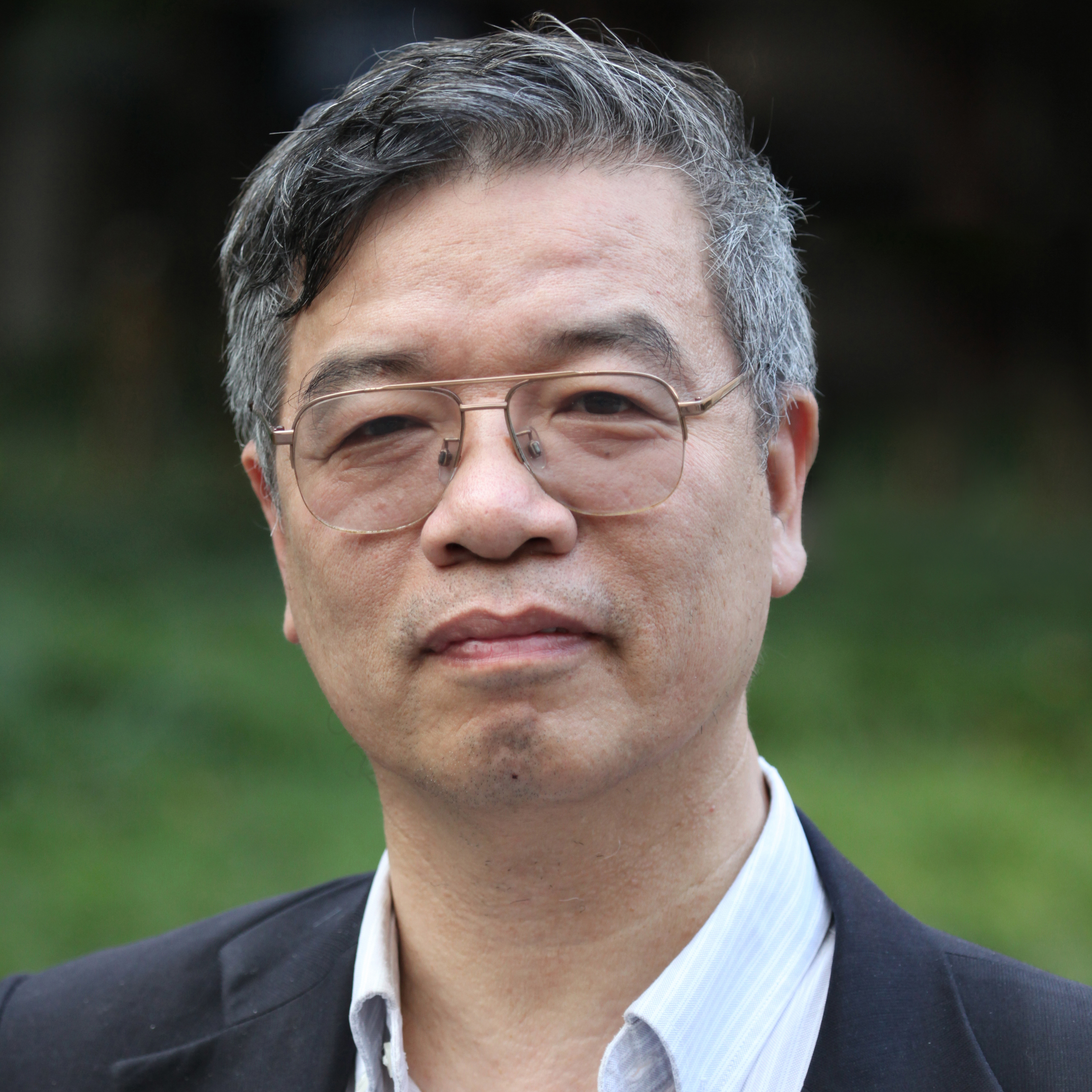

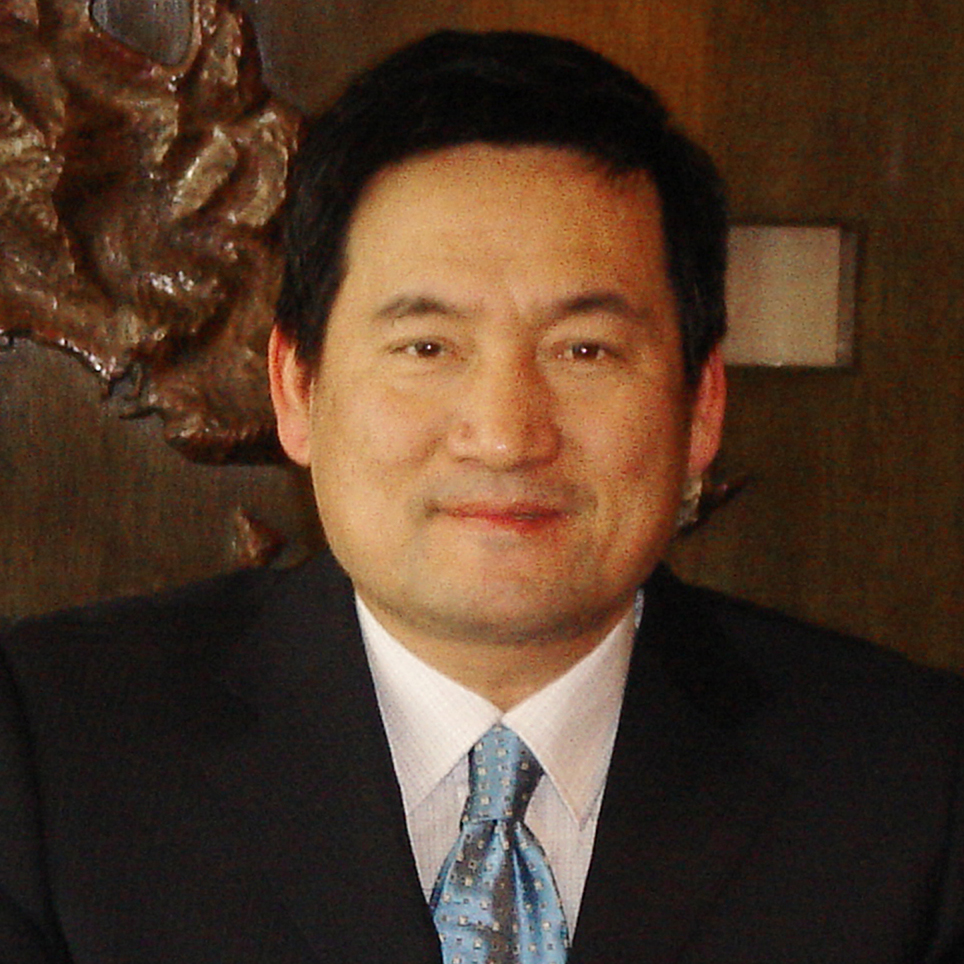






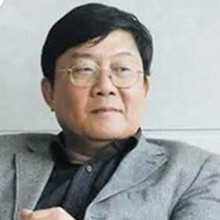

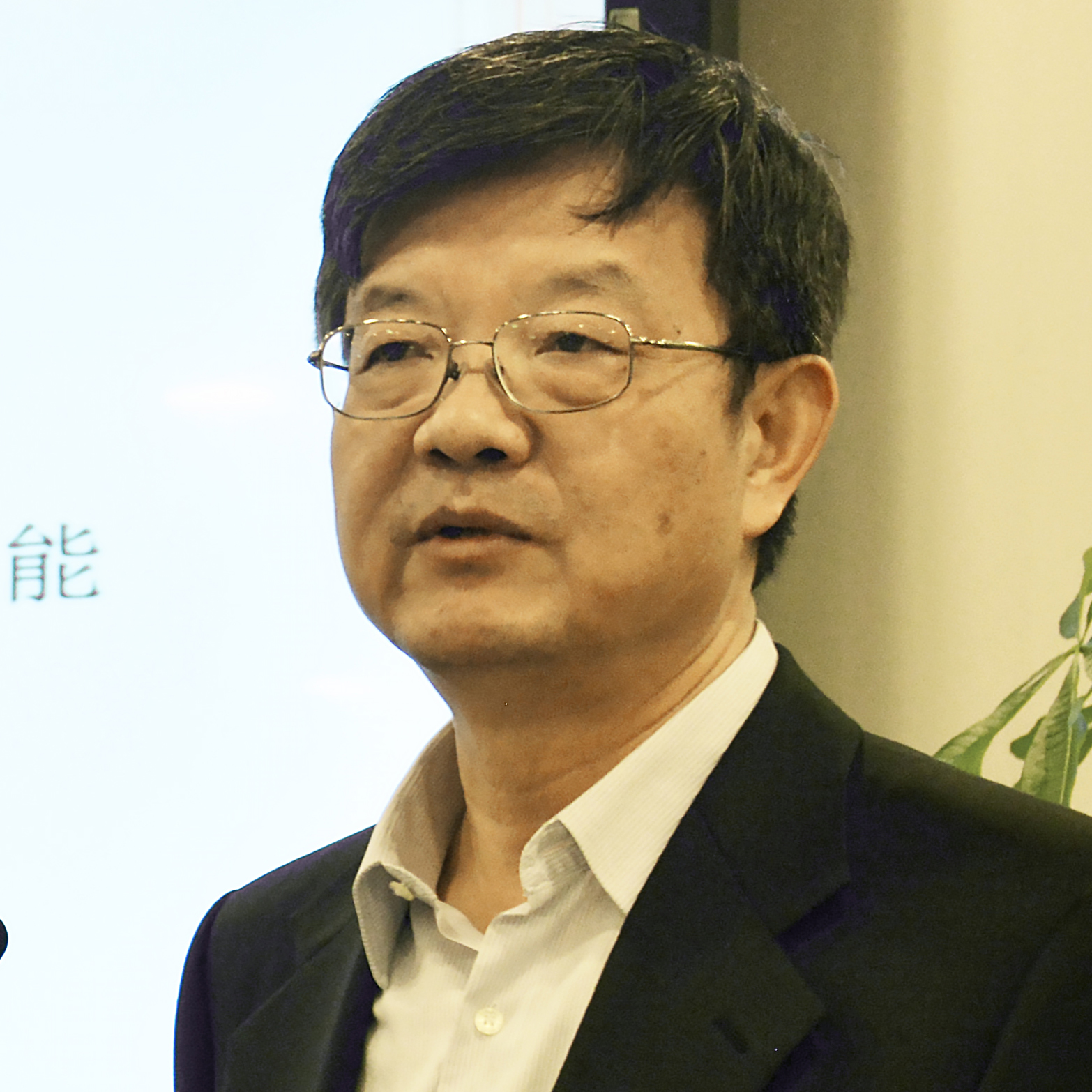
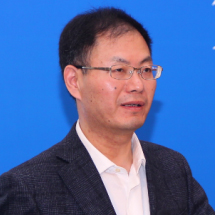

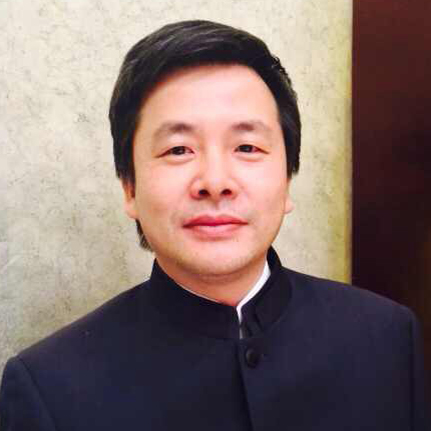

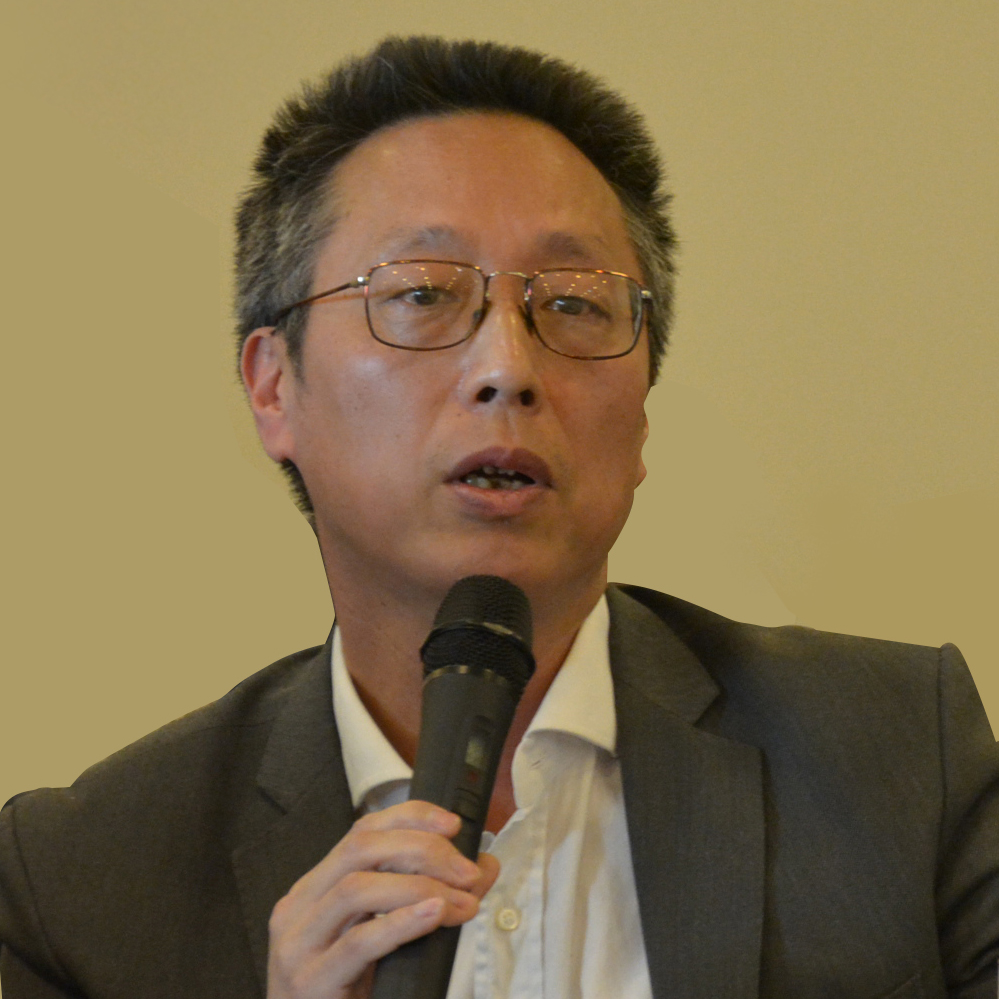
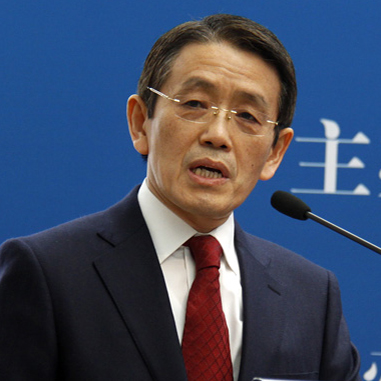

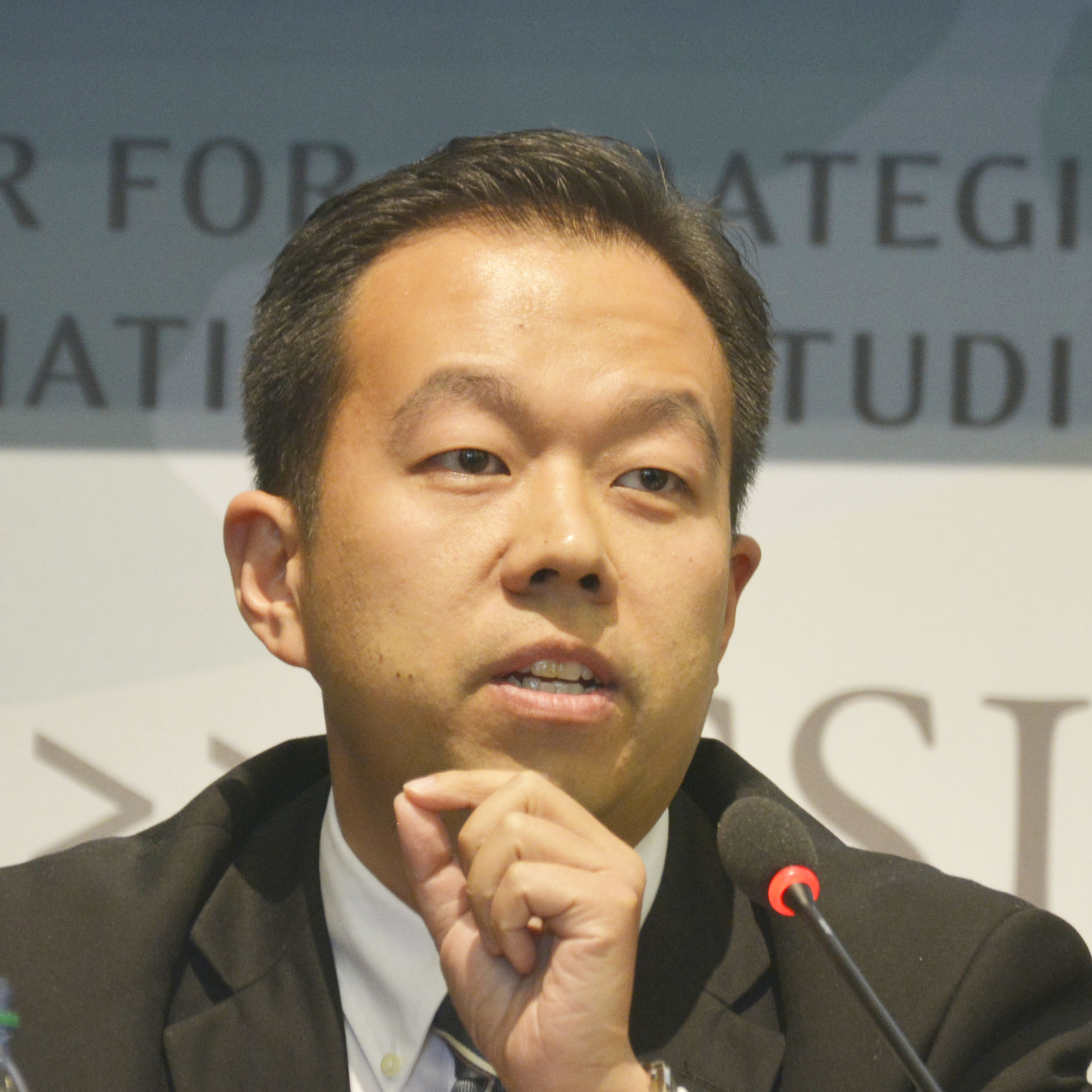

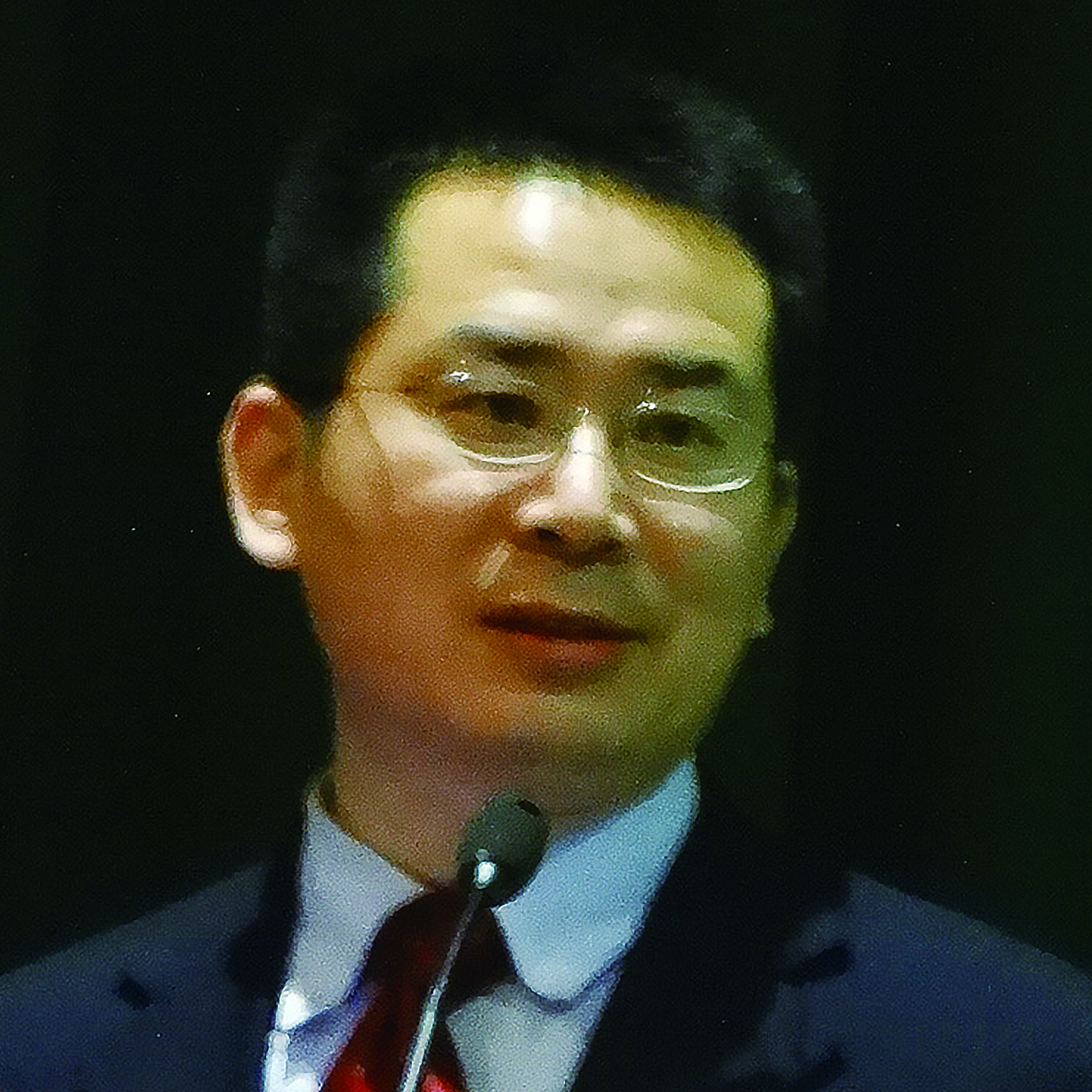







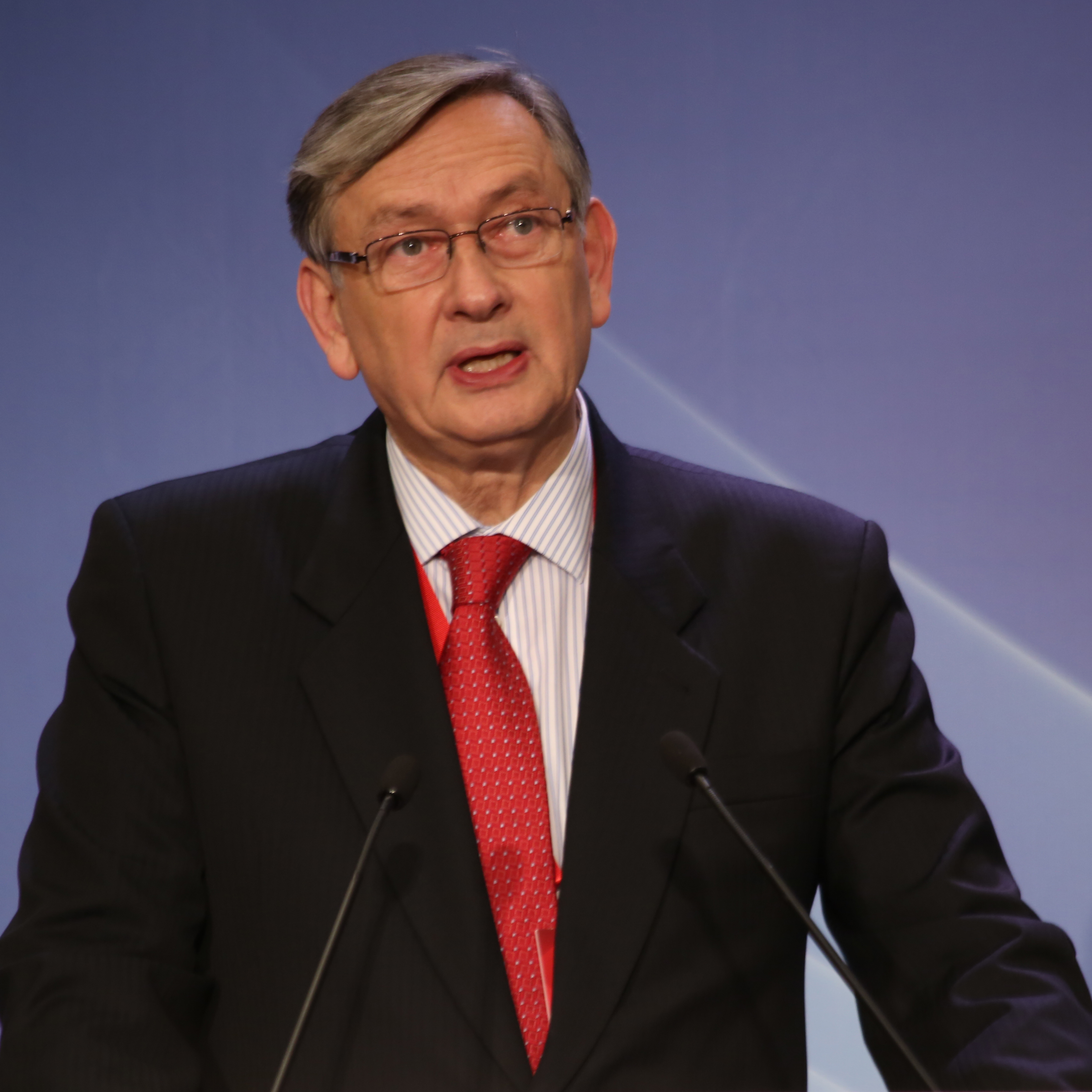
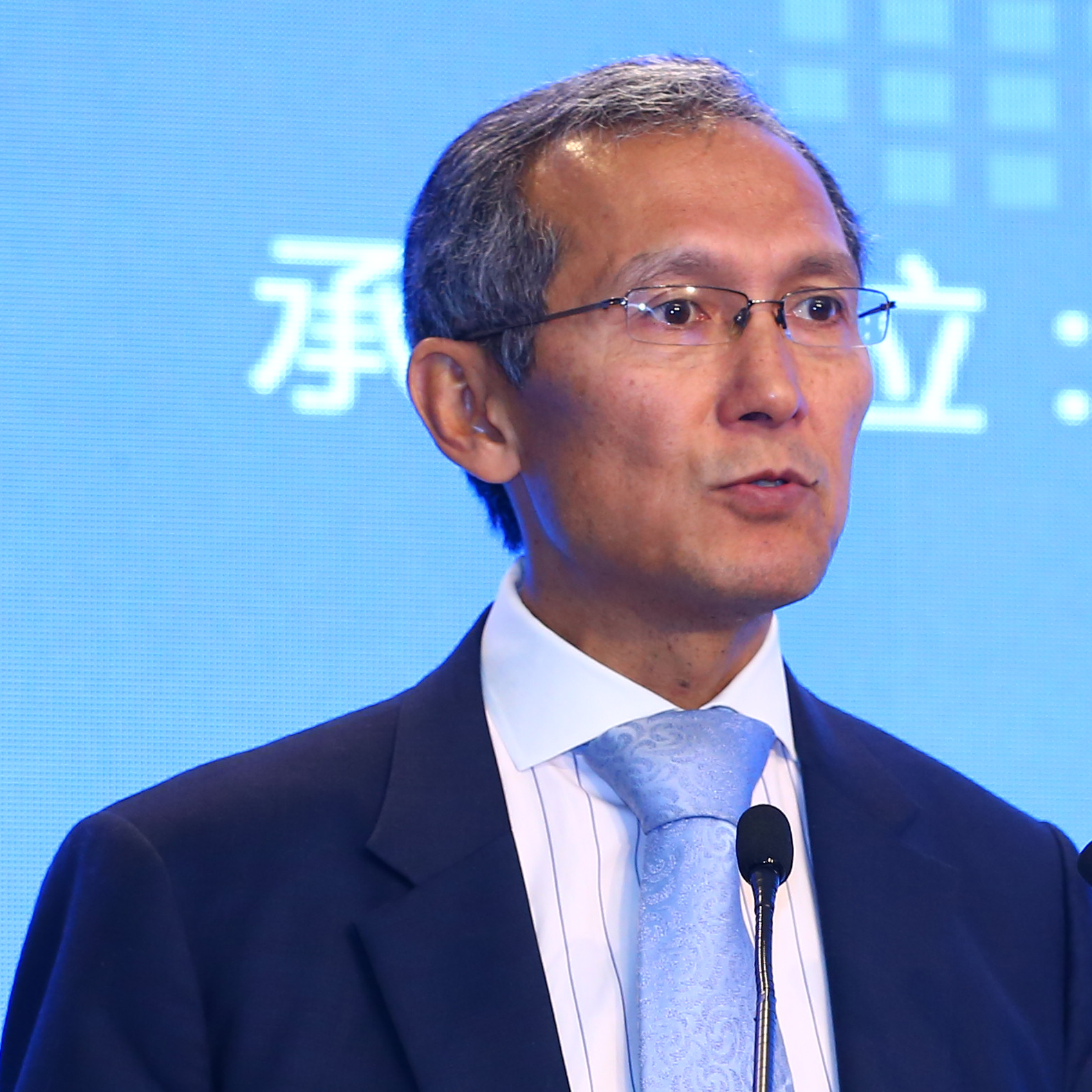
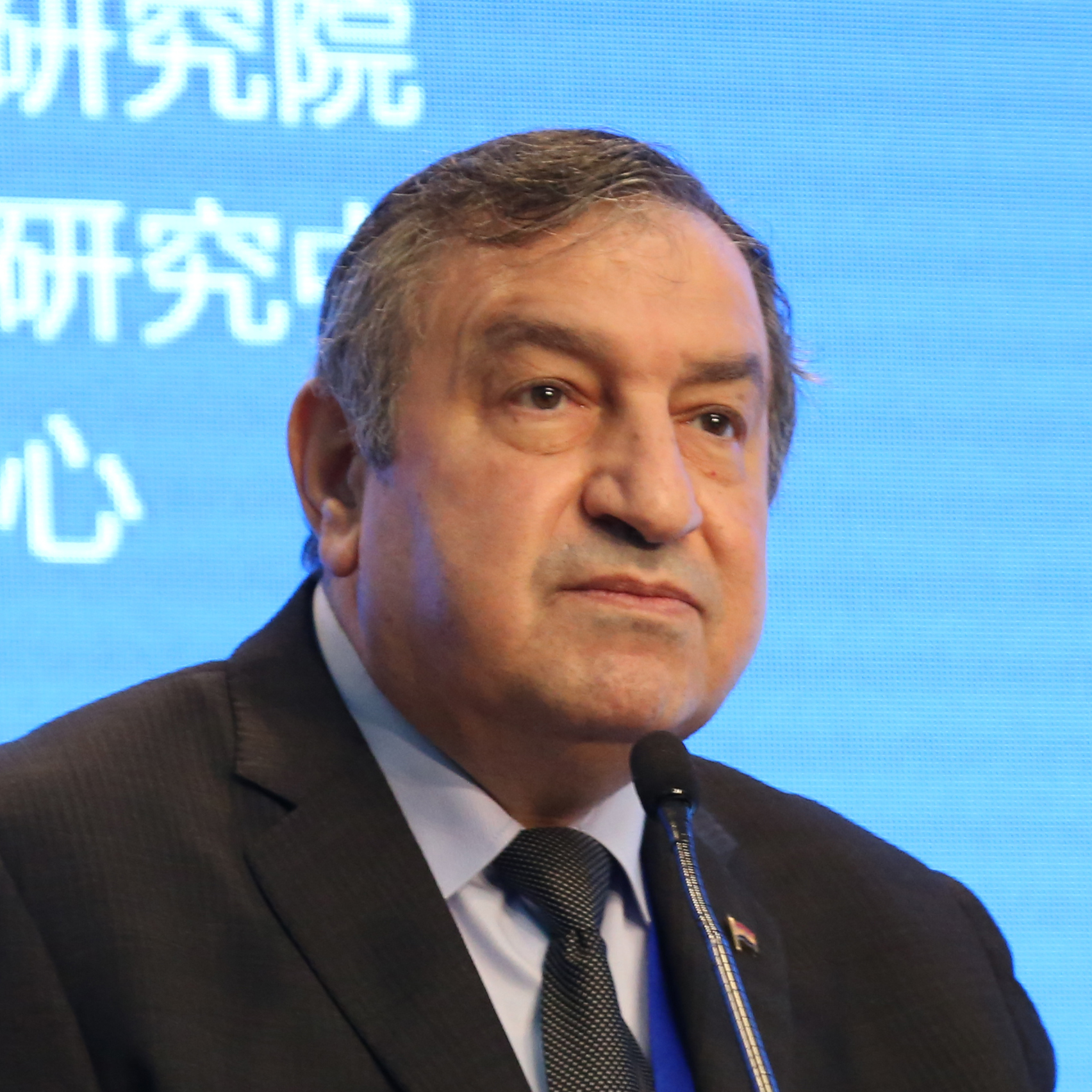















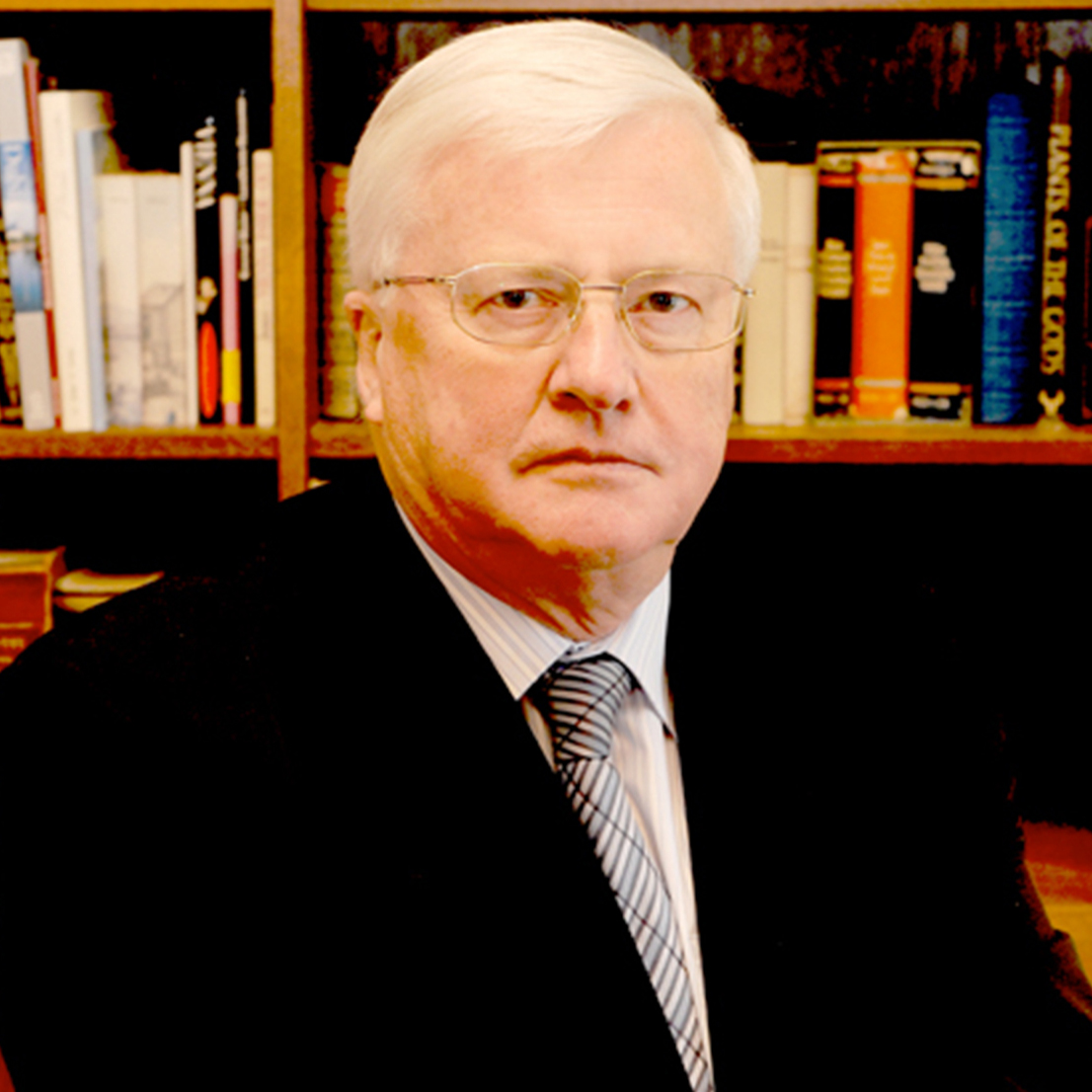
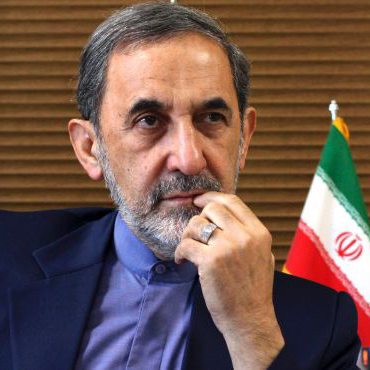




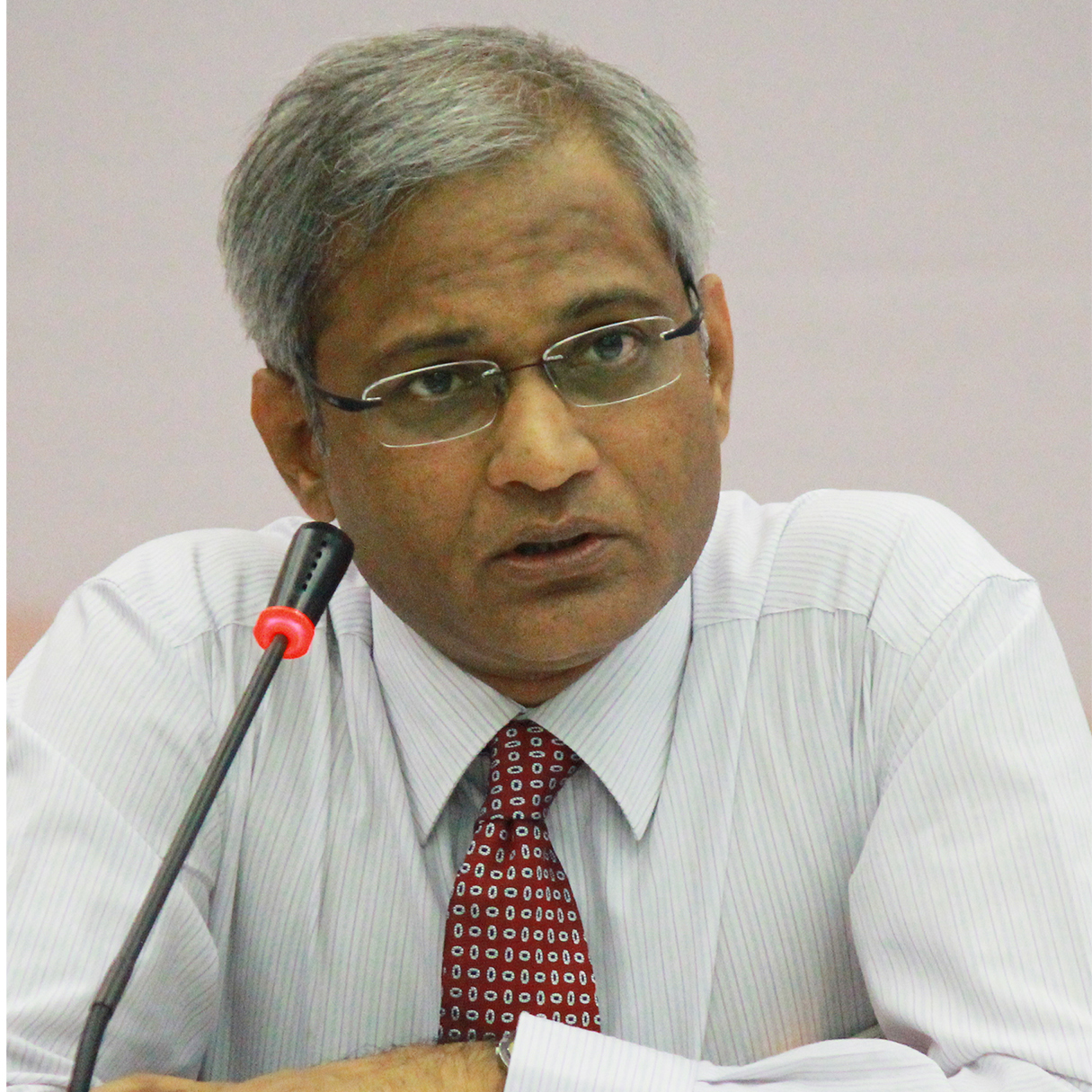

















 京公网安备 11010802037854号
京公网安备 11010802037854号





